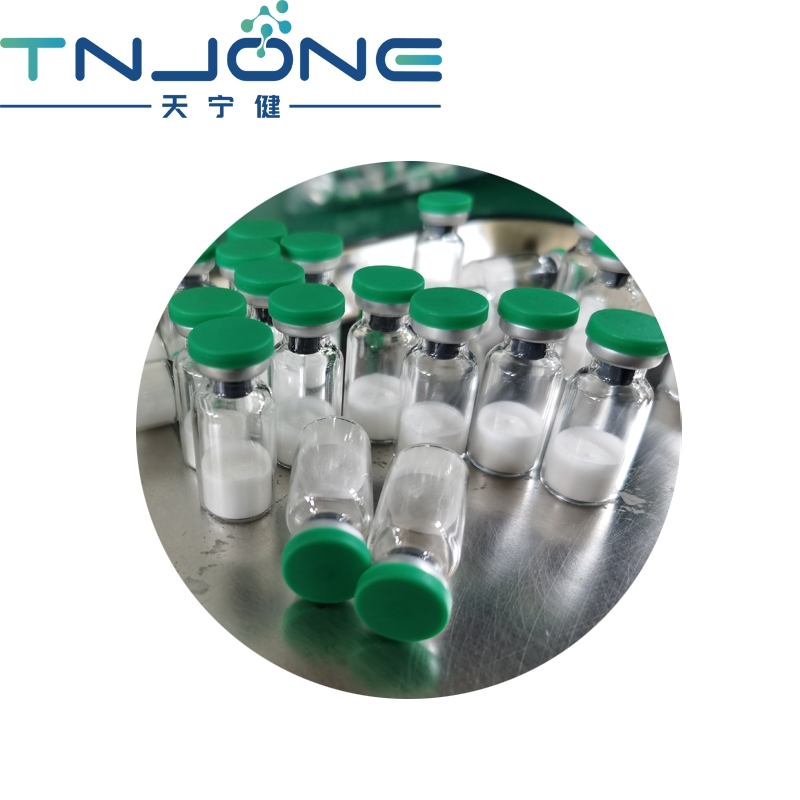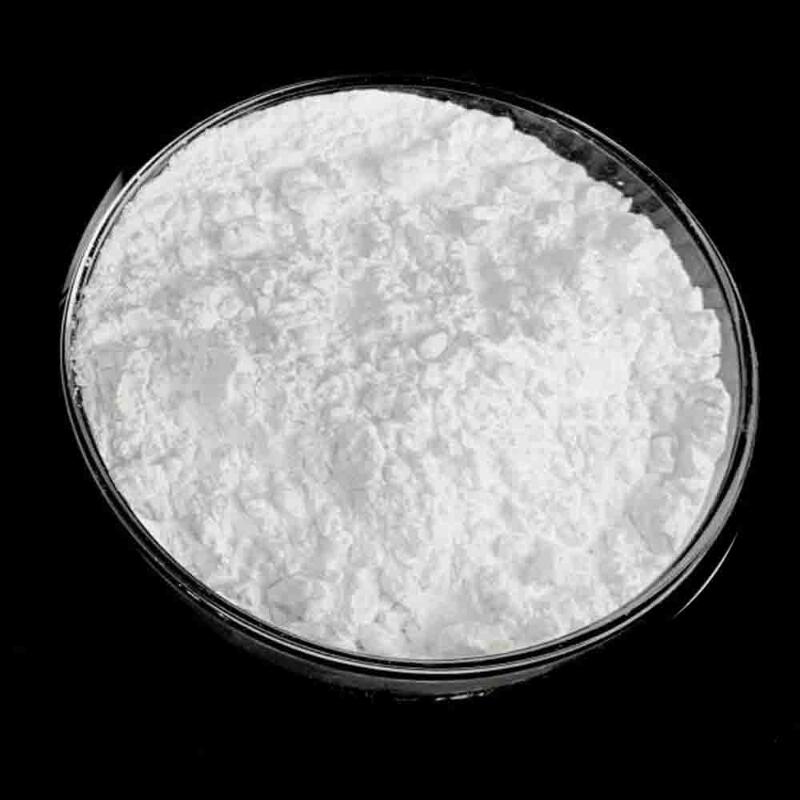-
Categories
-
Pharmaceutical Intermediates
-
Active Pharmaceutical Ingredients
-
Food Additives
- Industrial Coatings
- Agrochemicals
- Dyes and Pigments
- Surfactant
- Flavors and Fragrances
- Chemical Reagents
- Catalyst and Auxiliary
- Natural Products
- Inorganic Chemistry
-
Organic Chemistry
-
Biochemical Engineering
- Analytical Chemistry
-
Cosmetic Ingredient
- Water Treatment Chemical
-
Pharmaceutical Intermediates
Promotion
ECHEMI Mall
Wholesale
Weekly Price
Exhibition
News
-
Trade Service
Pelitinib, also known as imatinib, is a drug that is widely used in the treatment of various types of cancer, including leukemia and gastrointestinal tumors.
It works by inhibiting the activity of a protein called tyrosine kinase, which is involved in cell growth and division.
Pelitinib was first approved for use in 2001 and has since become an important treatment option for cancer patients.
The Chemical Industry and Pelitinib
In the chemical industry, pelitinib is produced through a series of chemical reactions that involve the synthesis of various intermediates.
The production process for pelitinib is complex and requires the use of specialized equipment and trained personnel.
The following is an overview of the chemical industry's involvement in the production of pelitinib.
- Raw Material Production
The production of pelitinib begins with the production of raw materials, which are used as starting materials in the synthesis of the drug.
These raw materials are typically obtained through chemical reactions that involve the isolation and purification of specific compounds.
In the case of pelitinib, the production of raw materials involves the synthesis of several intermediate compounds, including precursors to the drug's active ingredient.
- Intermediate Production
Once the raw materials have been obtained, the next step in the production of pelitinib is the synthesis of intermediate compounds.
These intermediates are used in the production of the active ingredient of the drug and are typically synthesized through a series of chemical reactions.
The synthesis of intermediates requires the use of specialized equipment and trained personnel, as well as a thorough understanding of the chemical reactions involved in the synthesis process.
- Active Ingredient Production
The active ingredient of pelitinib is synthesized through a series of chemical reactions that involve the interaction of various intermediates.
The synthesis of the active ingredient requires the use of specialized equipment and trained personnel, as well as a thorough understanding of the chemical reactions involved in the synthesis process.
Once the active ingredient has been synthesized, it is typically purified and isolated before being used in the final product.
- Formulation and Packaging
Once the active ingredient has been obtained, it is typically formulated into a final product, such as a pill or liquid, that can be taken by patients.
The formulation process involves the addition of various excipients, such as fillers, binders, and lubricants, to the active ingredient to create a stable and effective product.
The final product is then packaged in a way that ensures its stability and shelf life.
Challenges in the Production of Pelitinib
While the production of pelitinib has been made possible through the use of advanced chemical synthesis techniques and specialized equipment, there are still several challenges that must be overcome in order to ensure the safe and effective production of the drug.
Some of the challenges that the chemical industry faces in the production of pelitinib include:
- Cost: The production of pelitinib is complex and requires the use of specialized equipment and trained personnel, which can drive up the cost of production.
- Quality: The production of pelitinib requires a high level of quality control to ensure that the final product is safe and effective.
Any deviation from the synthesis process can result in a product that is less effective or even harmful to patients. - Regulation: The production and use of pelitinib is heavily regulated by government agencies, such as the Food and Drug Administration (FDA), to ensure the safety and efficacy of the drug.
Compliance with these regulations can be a challenge for the chemical industry.
Conclusion
Pelitinib is an important drug in the treatment of cancer and has been made possible through the use of advanced chemical synthesis techniques and specialized equipment.
The production of pelitinib involves several steps, including the synthesis of raw materials, intermediates, and the active ingredient, as well as formulation and packaging.
Despite the challenges faced by the chemical industry in the production of pelitinib, the drug has become an important treatment option for cancer patients.
With ongoing research and development, it is likely that the production of pelitinib and other cancer drugs will continue to improve in the coming years.







